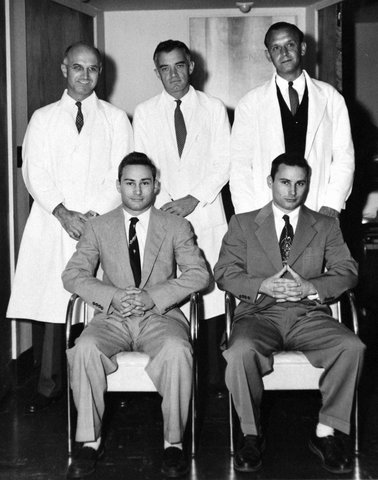In December 1954, something remarkable happened in a Boston hospital that would alter the future of medicine. Two identical twins, Richard and Ronald Herrick, walked into Peter Bent Brigham Hospital though only one of them would have left without medical intervention. Richard was dying from chronic nephritis, a devastating kidney disease with no known cure at the time. But his twin brother Ronald did something extraordinary. He offered to give Richard one of his own kidney
That moment of brotherly sacrifice would go on to spark a revolution in modern medicine. Under the leadership of Dr. Joseph Murray, a team of pioneering surgeons completed the first successful human organ transplant. What seemed like a desperate measure became a medical miracle and it laid the foundation for saving millions of lives.
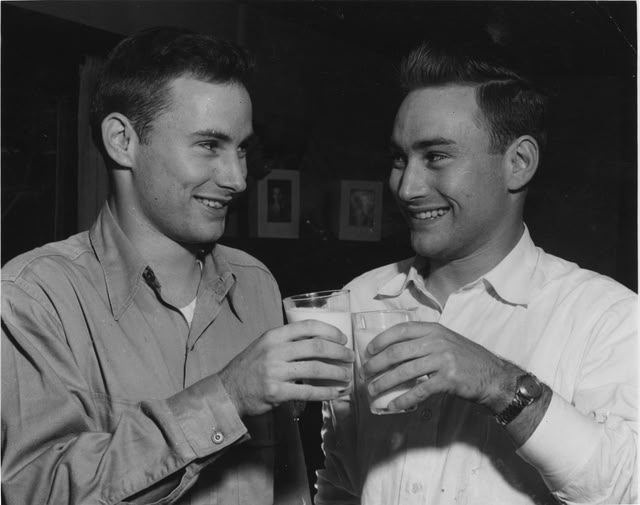
The Medical Challenge of the Time
In the early 1950s, end-stage organ failure was a death sentence. Dialysis was in its infancy, and the concept of transplanting organs from one human to another was still considered science fiction. Even when attempted, the body’s immune system almost always rejected the foreign organ.
But doctors believed that if the donor and recipient were genetically identical, the body might accept the new organ. Identical twins offered the perfect biological match for a groundbreaking test and Richard and Ronald Herrick became willing participants in this unprecedented procedure.
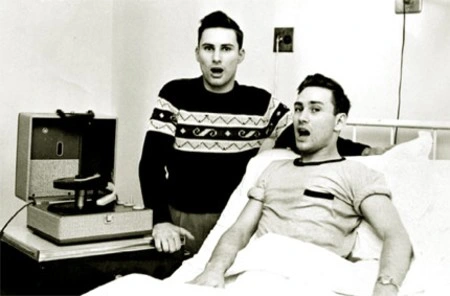
The Surgery That Changed Everything
On December 23, 1954, Dr. Joseph Murray and his surgical team performed what would become a historic operation. The surgeons carefully removed one of Ronald’s healthy kidneys and transplanted it into Richard’s body. The surgery was done using standard surgical techniques of the time, but what made it revolutionary was the outcome Richard’s body accepted the organ as its own.
Video:
Brother’s Gift: The First Kidney Transplant – December 23, 1954
There was no need for anti-rejection drugs, no severe immune response, and no immediate complications. It was, by all accounts, a success. Richard’s health improved rapidly, and he went on to live eight more years, eventually marrying and fathering two children. In the 1950s, surviving even one year after organ failure was almost unheard of. His extended life was nothing short of miraculous.
Why Identical Twins Were Key
The reason this transplant worked was because of the unique biological relationship between identical twins. Their genetic makeup is virtually indistinguishable, which meant Richard’s immune system did not see Ronald’s kidney as foreign. This bypassed the central problem that had doomed previous transplants: immune rejection.
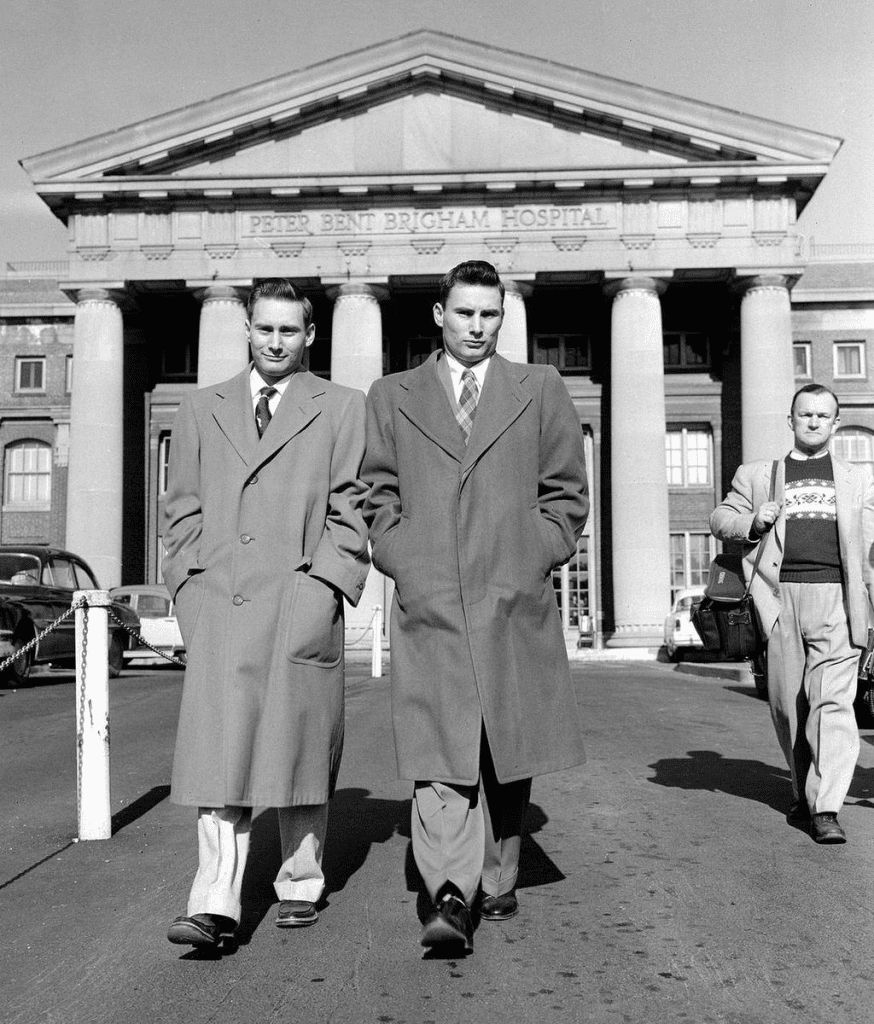
While the medical team’s skills were vital, the unique genetic match made the impossible possible. It gave researchers hope that with the right treatments, even organs from non-identical donors might someday be accepted.
The Legacy of Dr. Joseph Murray
Dr. Joseph Murray wasn’t just performing a daring surgery; he was taking the first step into a new frontier of medicine. Over the next several decades, he continued to refine transplant techniques and conduct research into immune tolerance. In 1990, he was awarded the Nobel Prize in Physiology or Medicine for his pioneering work in organ and cell transplantation.
Murray’s work didn’t stop with kidneys. His legacy expanded into transplants of hearts, lungs, livers, and other organs. Every successful transplant performed today can trace its roots back to that winter day in 1954.
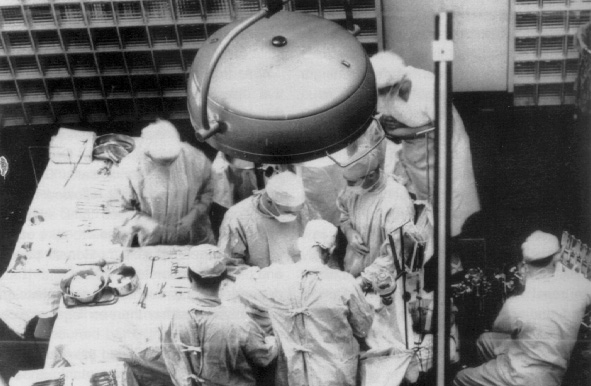
A Movement That Saves Lives
Since that first successful kidney transplant, the field of transplant medicine has grown dramatically. Today, more than 40,000 organ transplants are performed each year in the United States alone. These include heart, liver, lung, pancreas, and intestine transplants, as well as multi-organ procedures.
Video:
Man gets pig heart in world-first transplant – BBC News
Thanks to modern immunosuppressive medications, it’s now possible to transplant organs even between unrelated individuals. But none of this would have been possible without the pioneering spirit of Dr. Murray, the bravery of Ronald Herrick, and the hope embodied by his twin brother Richard.
Conclusion: A Gift That Keeps Giving
The story of the Herrick twins is more than a medical milestone it is a story of love, sacrifice, and the human drive to help others. It reminds us that breakthroughs often come from moments of courage and compassion. What started as a desperate act between two brothers became the starting point for a global medical revolution.
Today, every time someone receives a second chance at life through an organ transplant, they are living proof of what began in that Boston hospital room. One twin’s gift didn’t just save his brother. It saved millions.
And it all started with a single kidney and an unbreakable bond.
